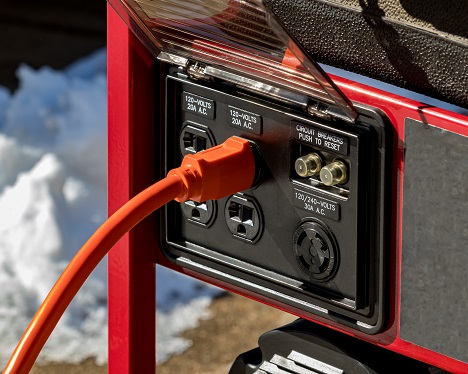I recently told you that the utility sector is my favorite way to play the rise of the electric car.
This transition is a megatrend for investors to profit from…
Globally, there are 1.4 billion cars on the road today, and only 10 million of them are electric cars.
With governments across the world banning the sale of combustion engine vehicles, the electric car count is going to increase exponentially for years to come.
Today, I’ve found a way to play this opportunity in the form of a deeply undervalued utility stock…
How the Electric Car Is Bullish for Utilities
As the percentage of the automobile fleet that plugs into the electric grid to fuel up increases, so does demand for the electricity that utilities sell. That demand growth means revenue and earnings growth for the sector.
Additionally, electric cars can’t help us transition away from fossil fuels unless the electricity that powers the cars comes from clean energy sources.
That provides the utility companies with the opportunity to invest tens of billions of dollars building out renewable energy supply sources.
Those investments will grow the “rate base” (net value of power-producing assets) from which each utility is able to earn a return, which will also drive earnings higher.
Lastly, the transition to solar and wind energy will reduce input costs for utilities.
For example, the all-in cost of a new wind farm in the central United States is now just $0.01 to $0.02 per kilowatt-hour.
That is less than half the cost of the $0.04 to $0.05 per kilowatt-hour for coal-powered plants.
Again, this is bullish for utility earnings.
Add these three factors together, and the result for utilities is a future of rising revenue, falling costs and increasing earnings per share.
That will drive stock prices higher.
A “Texas-Sized” Overreaction
As I’m sure you are aware, the “Great Texas Blackout” of February 2021 was one of the worst blackouts in U.S. history.
Residents went without power and potable water for several days.
It was a once-in-100-years event. More than 3,000 daily low temperature records were set as a deep freeze covered the United States.
Vistra Corp. (NYSE: VST) – a utility that provides and distributes electricity, mainly to the Texas market – was directly impacted.
The company has told investors that it will take a one-time loss in the range of $900 million to $1.3 billion because of the historic blackouts.
That isn’t good news – but Vistra has more than enough balance sheet strength to handle it.
Compared with the size of the loss, the stock market reaction to the news has been far overdone.
This one-time loss of roughly $1 billion has taken almost $3 billion off Vistra’s stock market capitalization.
But here’s where it gets really interesting…
There is a very good chance that Vistra and other large utilities in the Texas power market will actually benefit from this disaster.
There are smaller utilities that are now in severe financial distress, and Vistra is likely going to pick up a significant number of retail customers from those weaker utilities.
This is an opportunity. I think that Vistra’s shares were very attractively priced even before market took the stock out to the woodshed.
At Vistra’s current $8.13 billion market valuation, investors are buying a company that has been regularly generating more than $2 billion of free cash flow – and in 2020, it generated $2.5 billion.
This is cash that is available to pay to shareholders as dividends, use for share repurchases, invest in earnings growth or strengthen the corporate balance sheet.
Vistra is so cheap, it could use that $2.5 billion of free cash flow to repurchase every single share outstanding in less than four years. It could also pay out the entire $2.5 billion of free cash flow as a dividend and create a 31.25% yield for shareholders.
Using past takeover transactions where utility providers similar to Vistra have been acquired as a metric puts the fair value of Vistra’s shares at more than $32.
That is almost twice the current share price.
As Vistra grows earnings over the next decade and continues investing in renewables, I believe that $32 fair value price is going to move even higher.
With a nice and growing 3.5% dividend yield, this one is poised for long-term growth.
Good investing,
Jody

